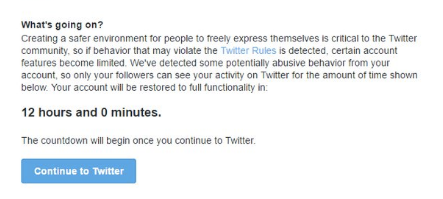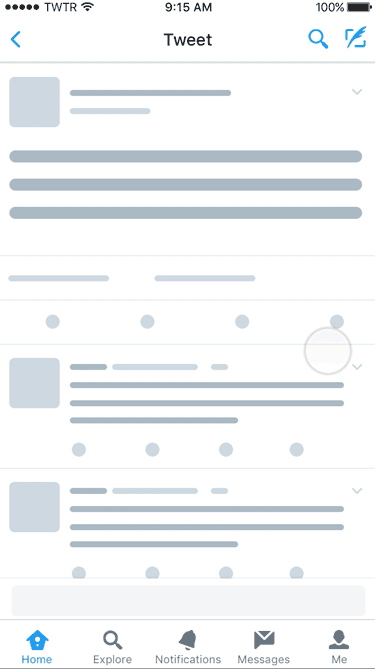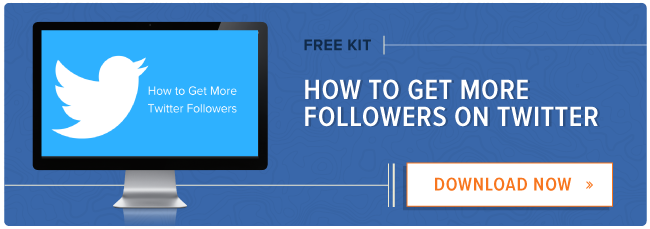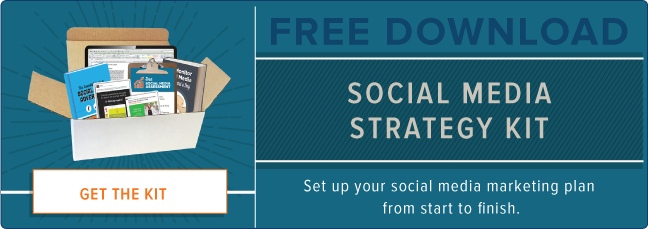
Author: Lisa Marcyes
Every year I look forward to the opportunity to travel to San Diego and attend Social Media Marketing World (SMMW) where I get to attend thought-provoking sessions, learn from top leaders in social media, and meet tons of brilliant marketers.
This year was no exception, I found myself furiously jotting down key takeaways I could implement in my everyday strategy. While every session was chock-full of knowledge, here are three takeaways that were echoed across sessions and throughout the conference:
1. Go Live or Get Left Behind
With a quarter of the breakout sessions addressing video this year, it’s clear that marketers need to keep video top-of-mind.
Let’s take a step back and look at the power of live streaming. According to We Are Social Media, Facebook generates 8 billion daily video views, up from 700% just 3 years ago. And people are watching live video three times more than pre-recorded videos on Facebook. Three times! With the advent of easy-to-use apps on mobile, the ability to go live has never been easier, and all of the major social media platforms are betting on a future embedded in live video. In fact, to encourage more video viewership, Facebook adjusted their algorithm so that live videos are more likely to appear higher in news feeds than those that are not.
Still not convinced to go live? Consider the fact that video posts on Facebook have a 135% greater organic reach than photos. In a world where your organic content is seen less and less, that’s a huge advantage you don’t want to miss out on!
We are on the forefront of video becoming the norm. It’s imperative we start incorporating video into our strategies moving forward. But how can marketers ensure they’re doing it right? Create content that educates.
If you create good content, people will engage. I know this can seem oversimplified, but take a step back to think about how YOU can help YOUR CUSTOMERS. Develop an editorial calendar based on what your target audience is most interested in, or challenged by. One of the biggest benefits of live streaming is the ability for your followers to engage with you directly. They can ask questions during the stream and get real-time answers from you. This is an invaluable platform to encourage two-way conversations, opening the door for you to create brand advocates.
When you’re ready to jump all in with live video, here are a few tips to consider:
- Test your connection. I’ve had multiple live streaming broadcasts drop due to bandwidth issues (lesson learned). I recommend using a dedicated hot spot, but if you can’t manage that, use a 4G connection at the very least. Facebook’s “Go Live” button will be grayed out if the signal is not strong enough to support it.
- Use customer-centric titles. People will join your live stream based on your headline. Be sure to address the “Why should I watch this?” question when creating a live stream title.
- Promote your live stream. Let your audience know when you’re going live to encourage participation. Best-selling author Kim Garst says that in order to ensure success, “Have a set time, schedule your event, shout it from the mountain, and use teasers to give a sneak peek.”
- Sound matters. It seems like a small thing, but believe me, it can make a BIG difference. Background noise can really make or break a live video. There are now several inexpensive microphones you can get that will provide targeted sound amplification.
- Plan for audience participation. To increase engagement, set aside time during your broadcast to ask questions and encourage audience participation. Also, have a strategy in place to capture questions from audience members. Questions can come in quickly, and if you’re mid-thought, you may not catch them. Ask a team member to monitor your stream to catch any questions you may miss.
- Repurpose. Extract more value from your live videos by repurposing them. Create short clips, GIFs, image quotes, and Stories. The options are endless.
2. It’s Time to Think About Engaging Influencers
In his session, Lee Odden, CEO of TopRank Marketing, cited some pretty interesting statistics. According to his research, businesses that include influencers in their marketing campaigns have seen a 10x increase in conversion rates. Not only that but those customers who convert stick around–influencer campaigns tend to achieve a 37% increase in retention.
Follow these tips to define influencers in your space and start building relationships with them:
- Invest in an influencer marketing program. According to Lee, the best way to approach influencer marketing is to “develop relationships with internal and industry experts with active networks to co-create content that helps drive mutual value and measurable business goals.” That seems easy, right? Well, not really. Developing a relationship takes time. Too often marketers approach influencers with propositions for one-offs, failing to see the value in developing a long-term engagement strategy. Ensure you have the dedicated resources in place to develop and implement a program around influencer engagement, rather than looking at it as a project that gets funding here and there when there’s extra budget.
- Obtain the right tools. According to the TopRank Blog, nearly 55% of consumer brands have an integrated influencer marketing program that they invest in annually, while only 15% of B2B marketers do. I think this can be attributed to the fact that it can often be easier to identify influencers in the B2C realm (think YouTube sensations, celebrities, athletes, etc.). If you’re a B2B marketer, it may require a little more research to figure out who the movers and shakers are in your industry, but know that they exist. I guarantee there are experts in every field that have credibility and sway. Obtaining an influencer marketing tool will help you to not only identify who you should be interacting with but also help you engage and measure your return on those relationship investments.
- Think outside the box. Think about the different ways that you can create and build a sustained relationship with each influencer. Develop microcontent like quotes, tips, and tricks you can incorporate throughout several pieces of content. Interview them and resource the answers into blogs, ebooks, and guides. Ask them to join a Tweet Chat. The more creative you can be, the better! We created a 31 Influencers to Follow in 2017 holiday campaign that revealed a new influencer to follow each day with animated bitmojis.
3. Content and Social Are in This Together
Content and social media are intersecting more and more frequently. This is no surprise to those on the front lines because we’re increasingly seeing the need for closer collaboration.
Quality content is the key to any successful social media strategy. Users who find content interesting, unique, and informative will freely share it on their social channels, leading to higher engagement. In turn, analyzing that engagement can inform marketers how their content is resonating with their target audience. It’s a cyclical relationship—informing and depending on each other. This relationship is even more critical as we jump into the realm of live streaming and video.
For example, in her session, Kim Garst revealed how she scales live videos into a plethora of content to post. Here are a few of her suggestions:
- Turn a live video into a blog post on the same topic.
- Create 1-minute video clips of your main talking points.
- Highlight a few quotes from your live stream and in graphics.
- Strip the audio from your video and convert it into a podcast.
Whether you’re new to the world of social media marketing or a seasoned professional, the one thing you can depend on is change. The good news is that you’re not alone in your endeavors. There are leaders in the field who are willing to share what they’re learning, providing us with fresh ideas and new ways to look at things. I’m so excited to see what’s next!
Do you have any social media marketing best practices you’d like to share? If so, I’d love to hear them in the comments below!
What’s Ahead for Social Media: Live Video, Influencers, and Content was posted at Marketo Marketing Blog - Best Practices and Thought Leadership. | http://blog.marketo.com
The post What’s Ahead for Social Media: Live Video, Influencers, and Content appeared first on Marketo Marketing Blog - Best Practices and Thought Leadership.
from Marketo Marketing Blog http://blog.marketo.com/2017/03/whats-ahead-for-social-media-live-video-influencers-and-content.html



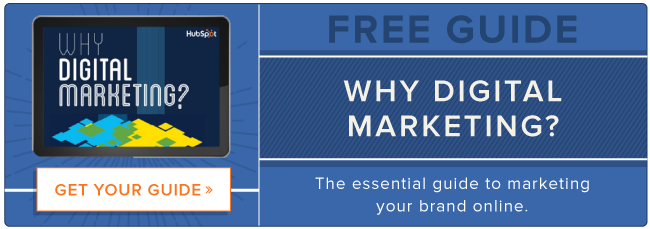

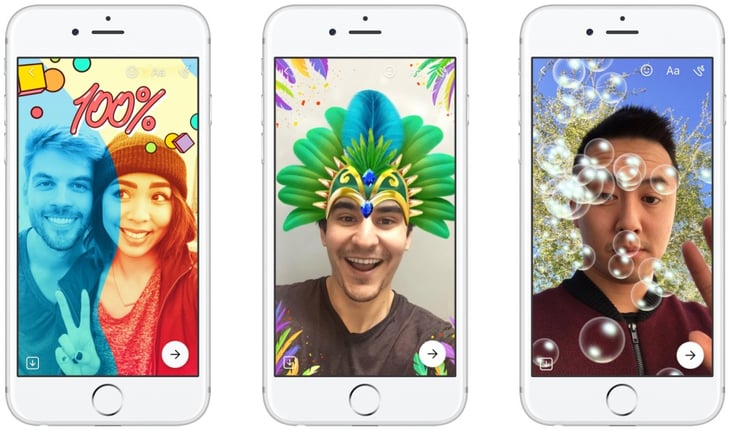
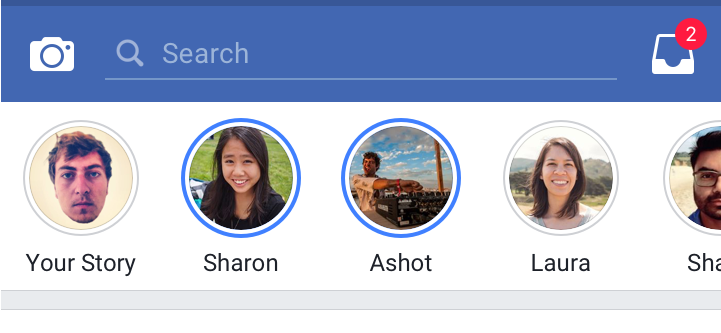

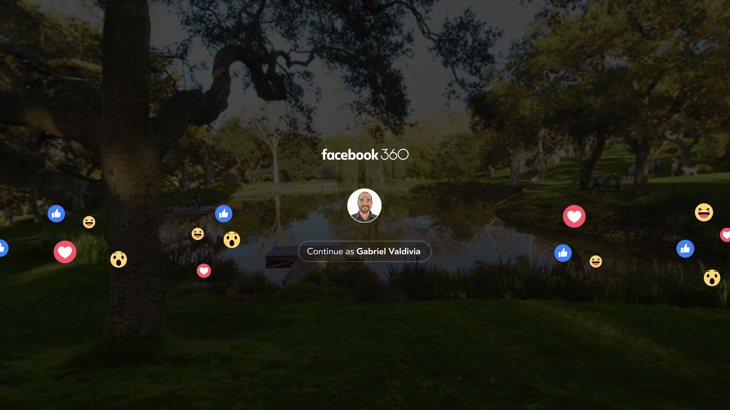
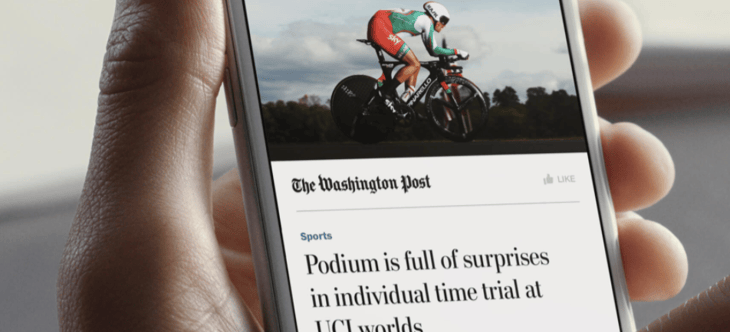
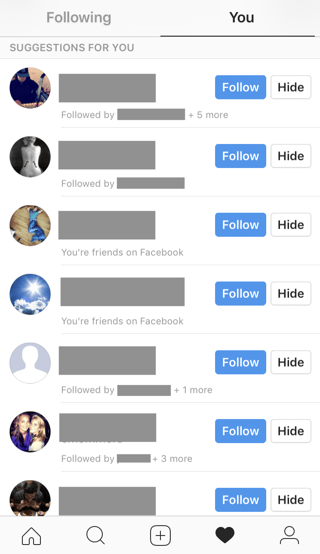

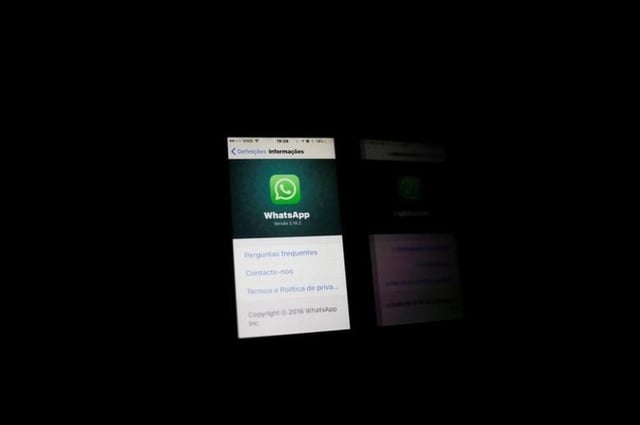
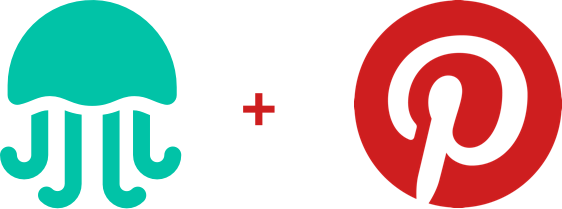
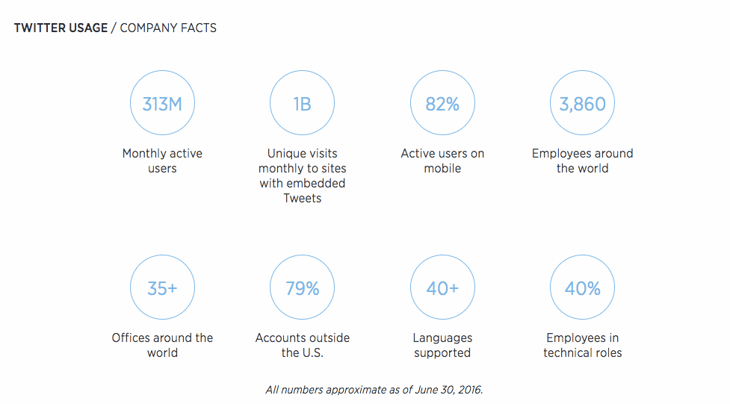
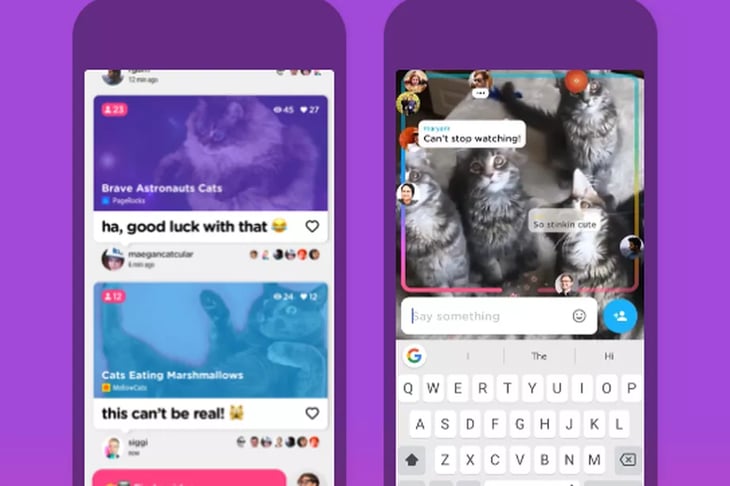

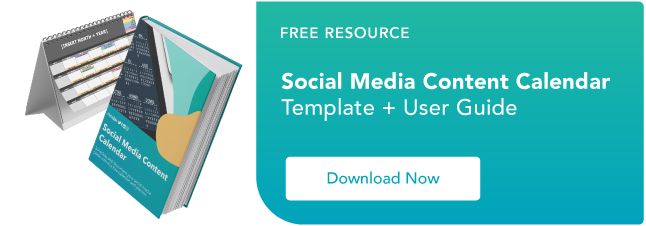








 Source:
Source: 

